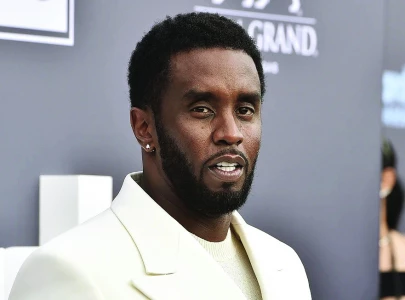
The world must have noticed a bare seven-year-old Amal Hussain whose image was carried with the newspaper’s front page lead. She looked frail and devoid of any life. One could see and count every depression of her ribcage. The helplessness in her eyes was killing. The next story the US newspaper shared about Amal was about her death.
The international newspaper believed its version of Yemen’s story through powerful images that may be difficult to look at served a message. But somehow, the vast catastrophe in Yemen has failed to catch the world’s attention as much as the murder of a single man in the Saudi Consulate in Istanbul, Jamal Khashoggi. The journalist was brutally murdered at the Saudi consulate in Turkey. There is no denying that every life is important but who’s going to speak for the children of Yemen.
Unfortunately, The New York Times clearly couldn’t achieve what it aimed for. The world around us is still not much concerned about the horrors in Yemen or any other conflict zone for that matter.
Just revisit the memories of 2016 when a picture of a Syrian boy went viral. Five-year-old Omran Daqneesh was pulled out of the rubble after surviving a regime airstrike in Aleppo with absolutely no expressions on his face. His photograph, sitting dumbfounded and bloodied in the back of an ambulance, painted the desperation of the Syrian civil war.
His haunting picture covered in dust, from head to toe, also went viral and words of solidarity started pouring in from every nook of the world. But the war in Syria never stopped and the conflict continued to stretch on for years.
A year earlier, three-year-old Alan Kurdi drowned crossing the Aegean Sea along with his five-year-old brother Ghalib and mother Rehanna. Who can forget his little lifeless body, washed up on a Turkish beach? The image served as a wake-up call for the world. But three years later, can we say that the situation is any better for the children seeking refuge at least? Not really.
Children in conflict zones are coming under attack at a shocking scale. Since 2010, the number of UN-verified cases of children being killed and injured has gone up by almost 300 per cent.
By March this year, over 1,000 children were killed in Syria — the only place where children are being targeted with lethal tactics. Recall the videos of children who found it difficult to breathe when paramedics hosed down toddlers with water and when chemical attack rocked the Syrian city of Douma.
Coming back to Yemen, the United Nations International Children’s Emergency Fund has already declared it a living hell for children. There is no food and water in Yemen. Nearly 1.8 million children are suffering from grave malnutrition in a year. Four-hundred thousand children on a day face malnutrition.
The poor parents of the children are in a limbo. They cannot leave their country as there’s no escape. They need money to buy food for their children but they are jobless. The only thing they can do instead is watch their children die in front of their eyes.
An end to the war in conflict zones is what we badly need to stop the suffering of children. Of our children. The world shouldn’t need more children like Amal to perish to realise this.
In Yemen, the government and rebels are planning peace negotiations that will begin next month and Britain has also led a push at the UN Security Council for a truce, but we have seen such negotiations before. Sadly the world has become known for mere talks and no action.
Published in The Express Tribune, December 2nd, 2018.
Like Opinion & Editorial on Facebook, follow @ETOpEd on Twitter to receive all updates on all our daily pieces.













COMMENTS (1)
Comments are moderated and generally will be posted if they are on-topic and not abusive.
For more information, please see our Comments FAQ